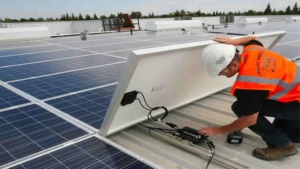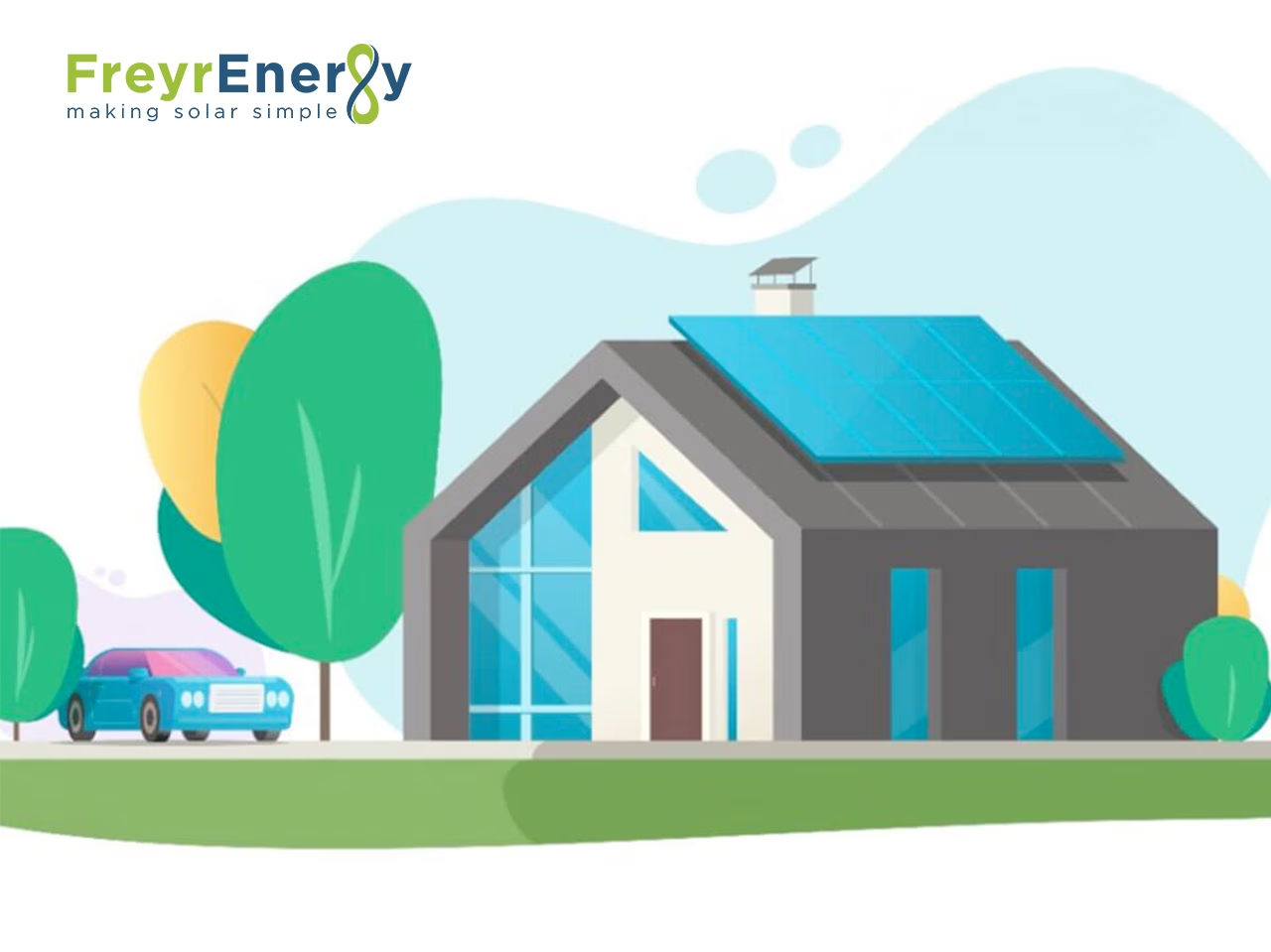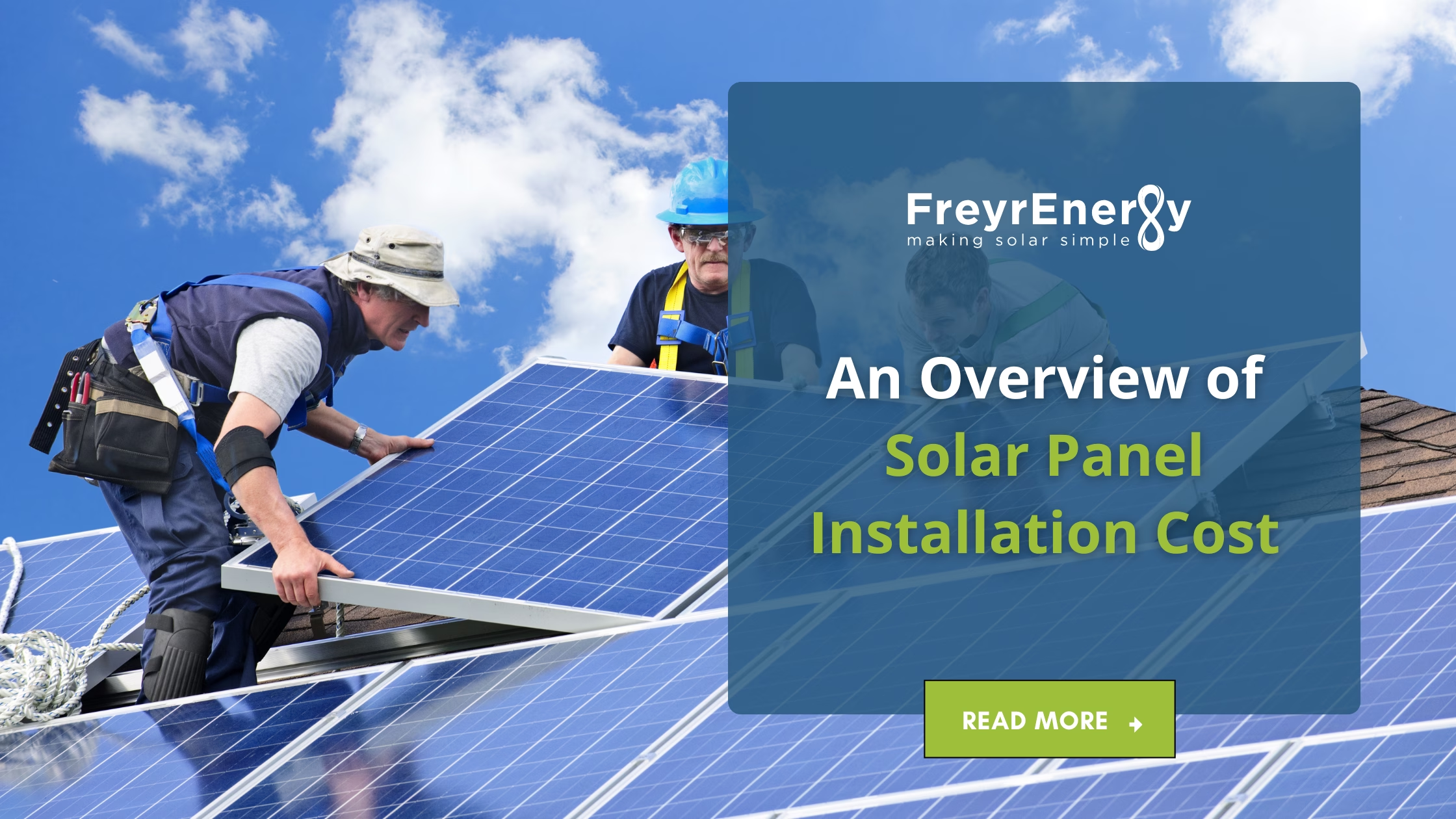Solar energy is in demand today and taking us to a greener future. Technological advancements have made it possible to yield more solar energy today. However, you can still enhance productivity with solar micro inverters.
Solar panels create energy in the form of direct current (DC), but most home appliances need alternating current (AC) to work. Solar inverter changes the DC energy from the panels into AC energy so your devices can use it.
A solar micro inverter is a small device fixed on each solar panel. It converts DC to AC power at the panel level, ensuring maximum efficiency and minimizing energy loss.
This blog provides a comprehensive guide to understanding the benefits of the solar micro inverter. Let’s explore the advantages of a micro inverter. They offer better performance, improved safety and are easy to monitor.

What is a Solar Micro Inverter?
A solar micro inverter connects to a single solar panel. The conversion of DC into AC helps run the home appliances.
Let’s differentiate between microinverters and traditional string inverters.
| Solar Micro Inverter | Traditional String Inverter |
| DC to AC conversion happens at the panel level | These being centralized units, conversion of DC to AC is done from a series of connected panels (or a ‘string’). |
| Each panel operates independently. It ensures maximum efficiency and minimizes energy loss | A weak panel can hamper the performance of these inverters |
Micro-inverters are considered module-level-power electronics (MLPE). It means they manage power at a single-panel level. It leads to enhanced system performance, improved safety, and easy monitoring and maintenance.
These advantages of micro inverter over traditional string inverters make them a popular choice in solar panel systems.
Key Benefits of Solar Micro Inverters
1. Maximized Energy Production
A solar micro inverter allows each panel to operate independently. It helps in achieving a good output even if a panel goes under a shade or it isn’t angled optimally. Micro inverter helps solar panels to achieve more efficiency in partially shaded areas.
2. Enhanced Reliability
Micro inverter can eliminate a single point of failure. Even if one solar micro inverter fails, it doesn’t affect the rest of the system. The solar energy system works without any interruption and achieves the desired output.
3. Improved Safety
Solar panels with micro inverters use lower DC voltages. It reduces electrical hazards, making it safer for both installers and users.
4. Real-Time Monitoring
Micro Inverters for solar panels help you track each solar panel’s performance. You can act immediately against any issues and keep the system running efficiently.
5. Scalability and Easy Expansion
The addition of panels is easy with solar microinverters. It doesn’t require major reconstruction. Therefore, microinverters are preferred as they help expand solar setups without hassle.
6. Flexibility in Panel Layout
Solar power micro inverters are suitable for roofs with multiple planes or shading.
Micro inverters are suitable for roofs with multiple planes or shading. They offer more flexibility in panel placement and layout.
7. Longer Lifespan
The lifespan of micro inverters is the same as solar panels, i.e. 25 years. It ensures their durability for a long time.
Potential Drawbacks
Let’s look at some drawbacks of a solar micro inverter.
1. Higher Upfront Cost
Solar micro-inverter prices are higher than string inverters. However, they offer long-term performance, which is worth it.
2. More Difficult Maintenance
The solar cell micro inverter rests on the panel on the roof. It becomes a challenging task to maintain them. Servicing these devices may require extra effort with additional costs.
3. Clipping and Power Losses
The rate of power output may be less than the solar panel. It happens due to clipping when the solar panel produces more energy than the micro inverter. Sometimes, this situation may lead to potential power loss.
Cost of Micro Inverters
The micro inverter cost depends on many factors. These include efficiency ratings, warranty terms, and installation costs.
A micro solar inverter price is much higher than string inverters. However, they perform better and offer long-term savings, resulting in a better return on investment. The solar micro inverter offers much better efficiency and is more reliable than string inverters.
Solar inverter micro price is cost-per-watt basis. You can also purchase solar kits with micro inverters for your residential or commercial installation.
Conclusion
Inverters play an important role in solar energy systems. It helps conversion of DC to AC, which helps run most home appliances. Solar micro inverter helps maximize energy production and lowers energy loss. It rests on individual solar panels, boosting system performance even if an inverter on a single solar panel fails.
A micro inverter-enabled solar panel produces more energy as compared to regular inverters. Though costly, a solar micro inverter offers more benefits than the normal ones. Before installing your solar energy system, use the information shared through this blog and make an informed decision.
Frequently Asked Questions
A solar micro inverter is a device that converts DC electricity into AC electricity. It rests on individual solar panels, offering more performance while lowering energy losses.
A solar micro inverter offers several benefits. It offers more safety and increased energy production. Micro inverters are more flexible as they can be connected to solar panels irrespective of different angles and orientations. A micro inverter comes with a 25-year warranty. Replacing or repairing a micro inverter is easy, as you just need to work on a single inverter, without shutting down the entire system.
Solar micro inverters optimize individual panels’ energy production through Maximum Power Point Tracking (MPPT). Since they operate independently, failed or underperforming panels do not affect the system. Real-time monitoring is easy with micro inverters allowing homeowners to identify and address issues. Micro inverters also enable partially shaded or dirt-covered panels to generate energy.
It might be complex to use micro inverters with existing solar panel systems. Consult a reputable solar company to assess whether to upgrade the inverters or entirely change the solar panels.
No, solar micro inverters are not compatible with all solar panel types because:
- Manufacturers may not recommend using the micro inverter and solar panels together.
- The micro inverter’s voltage output does not match the solar panels’ voltage output.
- The input voltage range does not match the solar panels’ output current.
- The inverter type varies according to the solar panel type (polycrystalline, monocrystalline, or thin-film)
Yes, solar micro-inverters can be used in all types of solar panel systems.



